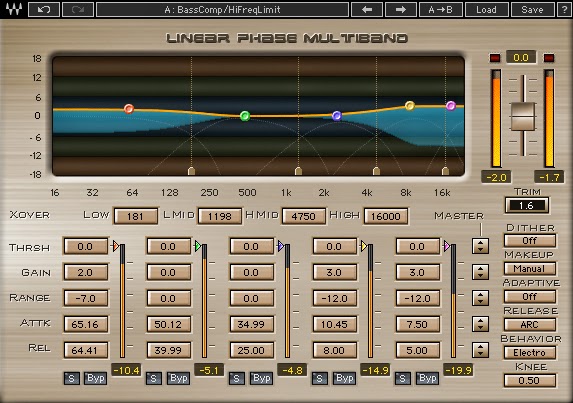Hello and welcome to this week's article! Today we're starting from where we left in our How To Choose Guitar Amp Tubes article, and will take a look to how tubes affects the sound of our instruments.
Tubes have been used for audio equipment in the last century almost anywhere, first by necessity, then to give the sound an extra coloring, and still today there are some tube equipment made to be as clean as possible and some other one in which tubes plays a strong role in modifying the output.
Why does people often prefer a tube driven amplifier or other piece of gear instead of a non-tube one?
Because tubes usually adds something to the tone that still today hasn't been recreated otherwise with the same identical results: a bit of compression, a bit of saturation, and a harmonic enhancement that makes the final sound a bit smoother and more ear-pleasant.
When mixing, the main uses for tube gear are:
- to smooth over harsh signals, such as vocals, guitars, cymbals and other instruments that stands out too much (in this case producers tends to use tube compressors and preamps).
- to add some harmonic enhancement to an instrument that sounds a bit too dull, without the need to over-equalizing, which will unavoidably modify the nature of our sound, for example a snare drum, or a kick, or toms, or even a bass guitar (the tools for this job are the tube saturation-harmonic enhancers and tube equalizers).
A last advice is about how to use tube gear.
Tubes needs some time to warm up, usually for 15 minutes, and in this time they can have irregular output peaks, before they get stable to the right level of warmth.
You will surely notice (and this is particularly clear when using a tube guitar amplifier) how different the sound is with the tubes fully warmed up, compared to how thin it sounded immediately after the switch on.
So our last advice is to warm the tubes up before starting playing/recording/mixing, and when you don't need them, turn the device off, since they tend to wear down with the use!|
The video on the top of this page is from my band, I have used a tube preamplifier in order to smooth out a bit of the harshness of the vocals and the cymbals.
Become fan of this blog on Facebook! Share it and contact us to collaborate!!





